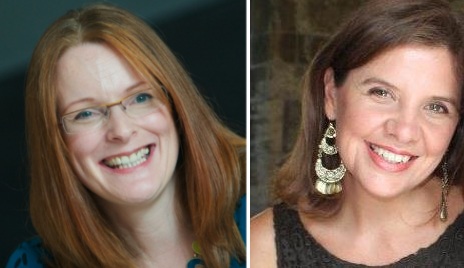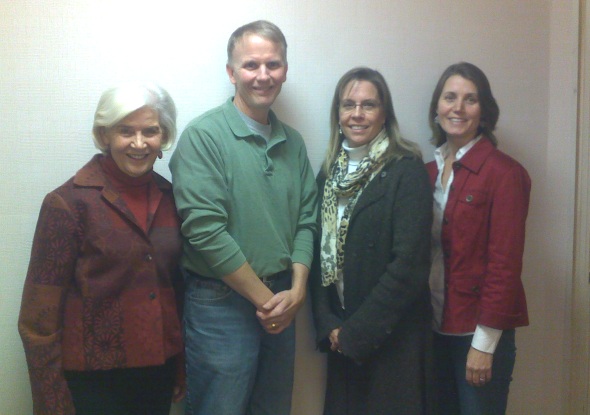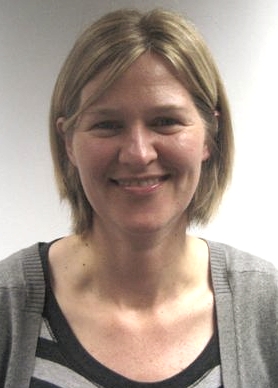Turning homework negatives into positives for students with AD/HD – An Interview with Harriet Hope Green
“The activities in the book capitalize on AD/HD traits because I use the traits as the vehicles to complete the task. AD/HD students like to move, so activities include jumping answers, and singing facts, and activities that are interesting enough to promote focus. The child is empowered to make tents, read on the floor, discuss emotions, and pop bubble paper.”









